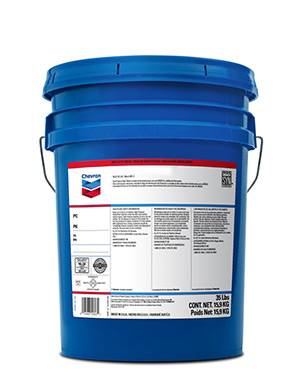sep . 29, 2024 02:47 Back to list
Exploring the Functionality of Tilting Check Valves in Fluid Systems
Understanding Tilting Check Valves A Comprehensive Overview
Tilting check valves are essential components in various fluid systems that facilitate the smooth flow of liquids while preventing backflow. These valves are designed to operate automatically and ensure the efficient functioning of plumbing, industrial, and hydraulic systems. In this article, we will delve into the intricacies of tilting check valves, their working principle, advantages, applications, and considerations for selection and maintenance.
Working Principle
The primary function of a tilting check valve is to allow fluid to flow in one direction while blocking it in the opposite direction. Unlike traditional check valves, tilting check valves utilize a hinged mechanism that tilts open under fluid pressure. When the flow direction is correct, the valve opens, allowing the fluid to pass through. When the pressure decreases or reverses, the valve tilts back to its closed position, effectively stopping any backflow. This unique design makes tilting check valves particularly effective in high-flow applications where the risk of backflow can cause significant operational issues.
Construction and Design
Tilting check valves typically consist of a valve body, a tilt mechanism, a seat, and a sealing element. The body is usually constructed from durable materials such as stainless steel, brass, or cast iron, chosen based on the application's specific needs, such as pressure and temperature requirements. The tilt mechanism allows the valve disc to move freely, ensuring reliable closure and minimal flow resistance. The sealing element is crucial for creating a tight seal, preventing leakage and ensuring the system operates efficiently.
Advantages of Tilting Check Valves
Tilting check valves offer several benefits that make them a preferred choice in various industries
1. Reduced Leakage Their design minimizes the chances of leakage, providing a more reliable seal compared to traditional check valves.
3. Automatic Operation These valves operate automatically, eliminating the need for manual intervention, thus enhancing operational efficiency.
tilting check valve

4. Versatility Tilting check valves can be used in a range of applications, from water supply systems to chemical processing, accommodating various fluid types, including viscous liquids.
5. Durability Built from robust materials, these valves exhibit excellent wear and corrosion resistance, ensuring a long service life even in challenging environments.
Applications
Due to their advantages, tilting check valves are widely used across multiple sectors
- Water and Wastewater Management Used in municipal water supply systems and sewage treatment plants to prevent backflow. - Industrial Processes Common in manufacturing plants where fluid flow must be carefully managed to prevent contamination or system failures. - Oil and Gas Employed in pipelines to secure the integrity of the system and prevent backflow that could cause dangerous surges. - HVAC Systems Used in heating and cooling systems to maintain proper fluid dynamics and prevent backwash.
Considerations for Selection and Maintenance
When selecting a tilting check valve, several factors should be considered, including fluid type, pressure and temperature ranges, and installation orientation. Each application may have unique requirements that can influence the choice of materials and valve size.
Regular maintenance is essential to ensure the longevity and reliability of tilting check valves. This includes periodic inspections for signs of wear, ensuring the sealing components are intact, and cleaning any debris that may hinder proper operation. Additionally, it is crucial to monitor the system’s pressure and flow rates to identify any potential issues early on.
Conclusion
Tilting check valves are vital components in many fluid systems, combining efficiency and reliability to prevent backflow and ensure smooth operation. Their unique design, coupled with the ability to handle high flow rates, makes them suitable for a diverse range of applications. By understanding their functioning, benefits, and maintenance needs, engineers and technicians can ensure optimal performance and longevity in their systems. As industries continue to evolve, the relevance of tilting check valves in fluid management solutions will only grow, making them a key focus for future developments.
-
Surface Plate Maintenance Best Practices for LongevityNewsJun.27,2025
-
Historical Evolution of Iron Surface Plates in Industrial MetrologyNewsJun.27,2025
-
Cast Iron Y Strainer Safety StandardsNewsJun.27,2025
-
Blockchain Verification for Gauge Tool Certification IntegrityNewsJun.27,2025
-
Advantages of Triple Offset Butterfly Valve Types in High-Pressure SystemsNewsJun.27,2025
-
Wear Resistance Strategies for Trapezoidal ThreadsNewsJun.26,2025
Related PRODUCTS









